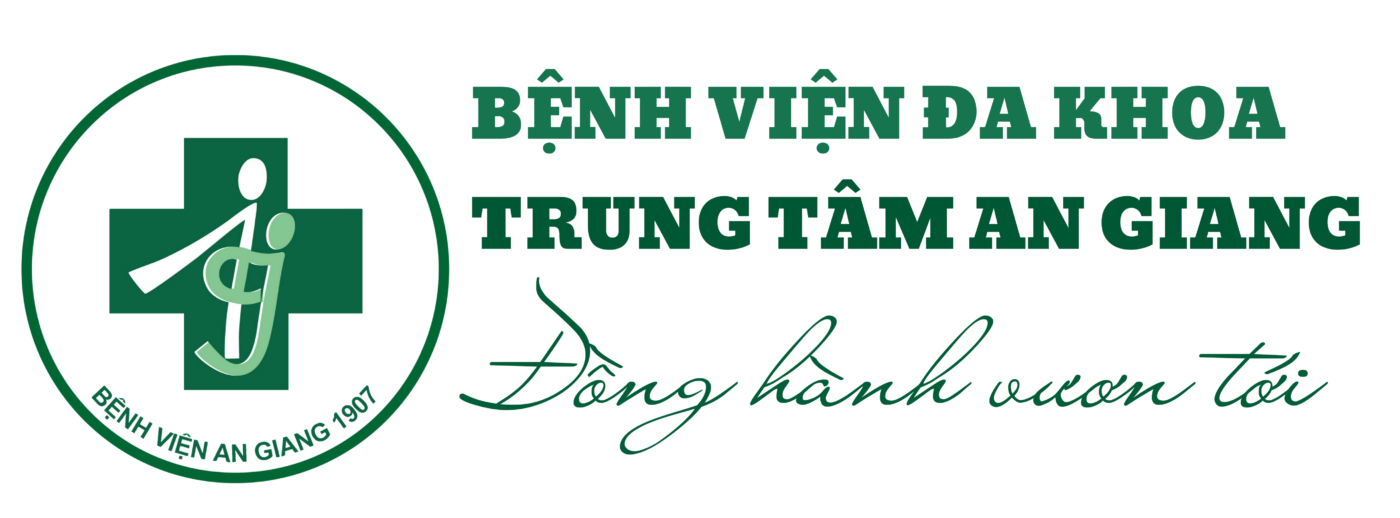Ann Hematol. 2010 Feb;89(2):135-40. Epub 2009 Aug 5.
Panigrahi I, Marwaha RK, Das RR.
Hemato-Oncology & Genetics Units, Department of Pediatrics, Advanced Pediatrics Centre (APC), Post-Graduate Institute of Medical Education & Research (PGIMER), Chandigarh, India. inupan@yahoo.com
Deferiprone (L1) has been used in several countries for iron chelation therapy for over one decade. Long-term results on the drug are lacking. In the present study, data of 110 patients on deferiprone (L1) for up to 17 years were analyzed. On a mean L1 dose of 70.2 mg/kg/day (range 44-100), serum ferritin level showed a very steady decrease with time from an initial mean (+/-SD) of 3,033.61 +/- 1,468.04 ng/ml to final of 1,665.08 +/- 949.93 ng/ml after a mean (+/-SD) of 6.1 +/- 3.8 years. In total, 13 patients discontinued L1 therapy. Major complications of L1 requiring permanent discontinuation of treatment included arthropathy (n = 8, 7.2%) and neutropenia/agranulocytosis (n = 5, 4.5%). Lesser complications permitting continued L1 treatment included transient mild leucopenia or thrombocytopenia (n = 3) and gastrointestinal problems (n = 5). There were a total of three deaths attributed to agranulocytosis. Although the complications associated with L1 treatment are significant and require close monitoring, they do not preclude effective long-term therapy in the vast majority of patients. A longer duration of therapy is required for effective response in chronically iron-overloaded patients. Further well-controlled prospective studies of L1 are required to identify factors affecting individual response to therapy.





